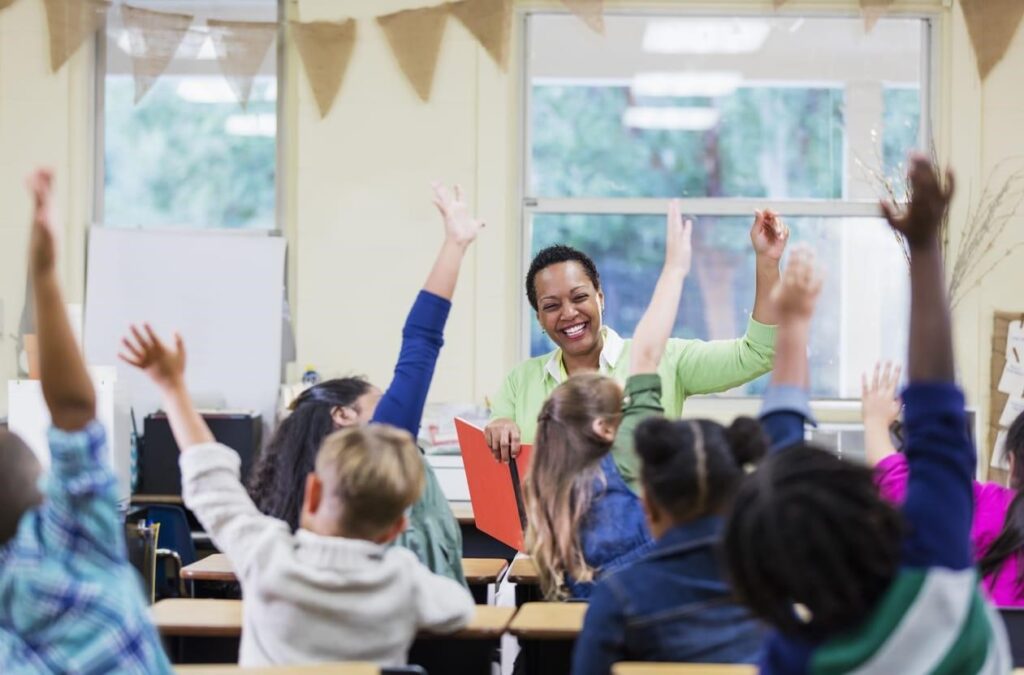
How Social and Emotional Learning Can Benefit Students’ Mental Health
In a world that often focuses on academic achievement, it’s easy to overlook the importance of Social And Emotional Learning for students’ mental health. However, research shows that developing these skills can have a profound impact on overall well-being and success in school. In this blog post, we’ll explore how social and emotional learning can benefit students’ mental health, providing them with the tools they need to navigate challenges both inside and outside the classroom. Let’s dive in and discover the power of SEL for student well-being!
Implementing SEL in the Classroom: Strategies for Teachers
Sel Classes have been proven to have a positive impact on students’ mental health, academic success, and overall well-being. As teachers, it is our responsibility to not only educate our students but also support their social and emotional development. Here are some effective strategies for implementing SEL in the classroom:
- Create a Positive Classroom Environment
A positive classroom environment is essential for promoting social and emotional learning. This includes establishing clear rules and expectations, fostering a sense of belonging, and promoting empathy and kindness among students. Teachers can achieve this by using positive language, encouraging collaboration and teamwork, celebrating diversity, and addressing conflicts in a healthy manner.
- Build Relationships with Students
Building strong relationships with students is crucial for their social-emotional growth. Take the time to get to know your students individually – their interests, strengths, challenges – as this will help you better understand their behavior and needs. Show genuine care and concern for your students by actively listening to them, being approachable and supportive.
- Integrate SEL into Your Lessons
SEL should not be treated as an add-on or separate curriculum but rather integrated into all aspects of teaching. Teachers can incorporate SEL skills such as self-awareness, self-management, relationship building into lessons through activities like role-playing scenarios or group discussions that promote problem-solving skills.
- Teach Emotional Regulation Techniques
One of the key components of SEL is developing emotional regulation skills which involve managing one’s emotions effectively in different situations. As teachers, we can teach our students various techniques like deep breathing exercises or mindfulness activities to help them recognize their emotions and regulate them in a healthy way.
- Encourage Self-Reflection
Self-reflection encourages critical thinking skills while also enhancing self-awareness among students. By providing opportunities for self-reflection through journaling prompts or class discussions about feelings and experiences can foster resilience among students and promote personal growth.
- Model SEL Skills
Teachers are powerful role models for their students, and they can use this to their advantage by modeling SEL skills in their own behavior. This includes demonstrating empathy towards students, practicing positive self-talk, managing stress effectively, and showing respect for different perspectives.
Implementing SEL in the classroom is vital for promoting students’ mental health and well-being. By creating a positive learning environment, building strong relationships with students, integrating SEL into lessons, teaching emotional regulation techniques, encouraging self-reflection and modeling SEL skills, teachers can effectively support their students’ social-emotional growth.
Conclusion: The Future of SEL and its Impact on Student Well-being
Social and emotional learning (SEL) has been gaining traction in recent years as a crucial component of students’ education. As we have discussed throughout this article, SEL has numerous benefits for students’ mental health, including improved self-awareness, better relationships with others, and increased resilience. With mounting evidence supporting the positive impact of SEL on student well-being, it is clear that it will play a significant role in the future of education.